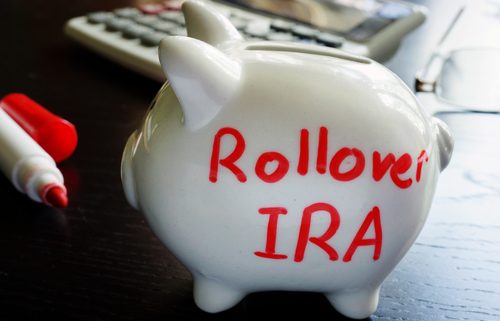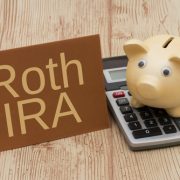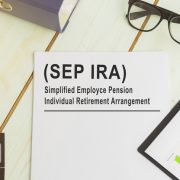Can Investors Roll a Self-Directed SEP IRA into a Self-Directed Roth IRA?
For many investors, the process of putting money aside for retirement is straightforward. They commit part of their paycheck to retirement savings, set it, and forget it. But in some cases, there may need to be more complicated paperwork maneuvers to help an investor achieve their goals. One of those maneuvers is that of a “rollover.” But what is this transaction, and what does it mean for people with a Self-Directed SEP IRA?
We will start by defining the rollover. “Most popularly,” says Investopedia, a rollover is “the transfer of the holdings of one retirement plan to another without creating a taxable event.” If there is no taxable event, in this case, it means that an investor can move money from one type of account to another with minimal muss or fuss.
How can investors execute a rollover from an instrument like a Self-Directed SEP IRA to a Self-Directed Roth IRA? Can they even do it? Here are the things you will need to know.
Defining the Self-Directed SEP IRA
If you have a Simplified Employee Pension IRA, you have a retirement savings plan that only employers can access—but there is a caveat here: if you are self-employed, that counts as employment as well. That is why many individuals are actually able to use the SEP IRA. Many people use these accounts because they are simple and make it easy for investors to put larger amounts of money aside for retirement than is typically allowed under the contribution limits of the Roth or Traditional IRA.
“Fundamentally, a SEP IRA can be considered a traditional IRA with the ability to receive employer contributions,” says Investopedia. And that gets us to the topic today: because the SEP IRA and Traditional IRA are considered so similar for tax purposes, there may be occasions in which an investor wants to move from a taxable-upon-retirement account into a Roth IRA.
As Investopedia notes, it is possible to combine the SEP IRA into a Traditional IRA because they are so similar—the only difference is that with a Traditional IRA, there is no “employer” contribution possible, only individual contributions. To accomplish this, people typically move assets in a direct transfer, trustee-to-trustee.
Converting to a Self-Directed Roth IRA
While moving a SEP IRA to a Traditional IRA is relatively straightforward, the different tax rules applying to the Roth IRA can complicate matters. A Self-Directed Roth IRA, after all, uses after-tax dollars to fund its retirement assets. If anyone was capable of simply moving funds from a before-tax account into an after-tax account, they would essentially have a way of deducting from their taxable income to make investments that are not taxed upon retirement. This would create obvious problems.
For that reason, it is important for people with a Self-Directed SEP IRA to realize that there are specific questions they need to ask before trying to move to a Roth IRA. For example, if an investor can currently afford taxes on the taxable event created in moving from one account to another, and a tax advisor believes that doing so makes sense from a financial perspective, then it may be something that the investor considers. However, there are no specific recommendations to be made here. After all, everyone’s situation is different. And as a Self-Directed IRA investor, you likely understand what it means to try different things, trusting the advisors around you for help.
That is why it is so important to understand all of the questions that go into complicated transactions like these. Interested in learning more about Self-Directed IRAs? Contact American IRA, LLC at 866-7500-IRA (472) for a free consultation. Download our free guides or visit us online at www.AmericanIRA.com.











